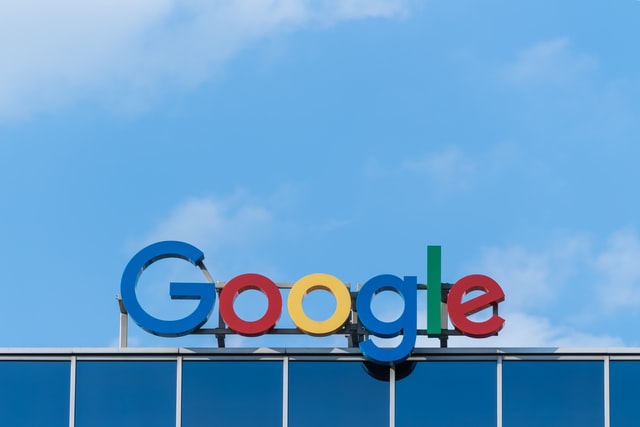Is YouTube Owned By Google? What The Takeover Means For Your Marketing Strategy

First, to answer the question in the title directly: Yes it is. The video sharing service was set up in 2005 by three former PayPal developers and purchased by Google the following year, in November 2006. At the time and for the next few years, YouTube was a fairly niche affair. There weren’t many business users and YouTube content wasn’t extensively indexed by the Google search engine.
This has all changed.
In April 2017, YouTube was ranked as the second most popular website in the world (Wikipedia is the first), with 400 hours of new video content being uploaded to the platform every minute. YouTube is still an independently managed subsidiary and is distinct from the main Google brand, but it is now far more closely integrated with Google’s other search services. Effectively, YouTube is Google’s video search tool, in a way that wasn’t the case even a couple of years ago.
Content uploaded to YouTube has the potential to be fast tracked to the top 10 Google search results for video search, or even for general content. The same cannot be said of other video services, such as Vimeo.
Incorporating YouTube into your marketing strategy is therefore extremely important. Even as a small business, you should have your own YouTube channel. Here’s why:
- YouTube is used by tens of thousands of businesses – it isn’t just a haunt for teenagers any more. We can almost guarantee that many of your suppliers, competitors and customers already have YouTube channels of their own, and check YouTube regularly for information. Can you afford to be missing out on this?
- Using YouTube is the easiest way to diversify your content strategy to include video, in support of your word and image-based content. Videos allow you to quickly disseminate information about your services in an accessible way.
- YouTube is free to use and has a massive audience. There are very few barriers to entry for video marketing today. Videos can be produced cheaply and professionally, using affordable software and online video services.
- You may be reading this blog on your smart phone, but it is more likely you are using a larger tablet, desktop or laptop. For smart phone users, video offers a more convenient medium to consume information than the written word. As the world’s premium video hosting site, using a YouTube channel puts your content directly in front of thousands of mobile users. Don’t wait for them to arrive at the office to read your blogs on their computer: Use video to get them on the train and on their lunch break!
So, What Does This Mean For Your Content & Marketing Strategy?
Firstly, we suggest you set up a YouTube channel right away. It only takes a few minutes. Secondly, we recommend you start thinking of your content marketing as an omni-channel strategy. This means that for every campaign or product launch, there should be written content on your blog, landing pages, social media updates and supporting YouTube videos. Furthermore, your video content strategy should be directly linked to the keywords you are targeting for SEO and Google AdWords.
Cover all bases and you will gain far more traction and brand recognition than you would by using any individual content channel on its own. At JDR, we are great believers in YouTube because we have seen the dramatic increases in visibility and leads that come from incorporating it into your marketing strategy. To find out more, simply get in touch with one of our specialists today for an informal chat.
Image source: Unsplash



